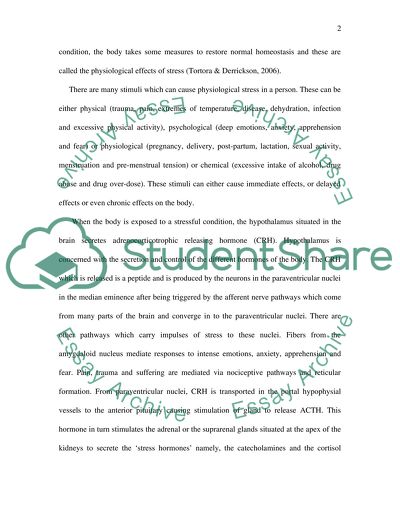Cite this document
(Physiological Stress Response Case Study Example | Topics and Well Written Essays - 1750 words, n.d.)
Physiological Stress Response Case Study Example | Topics and Well Written Essays - 1750 words. https://studentshare.org/psychology/1541771-stress-response
Physiological Stress Response Case Study Example | Topics and Well Written Essays - 1750 words. https://studentshare.org/psychology/1541771-stress-response
(Physiological Stress Response Case Study Example | Topics and Well Written Essays - 1750 Words)
Physiological Stress Response Case Study Example | Topics and Well Written Essays - 1750 Words. https://studentshare.org/psychology/1541771-stress-response.
Physiological Stress Response Case Study Example | Topics and Well Written Essays - 1750 Words. https://studentshare.org/psychology/1541771-stress-response.
“Physiological Stress Response Case Study Example | Topics and Well Written Essays - 1750 Words”. https://studentshare.org/psychology/1541771-stress-response.


